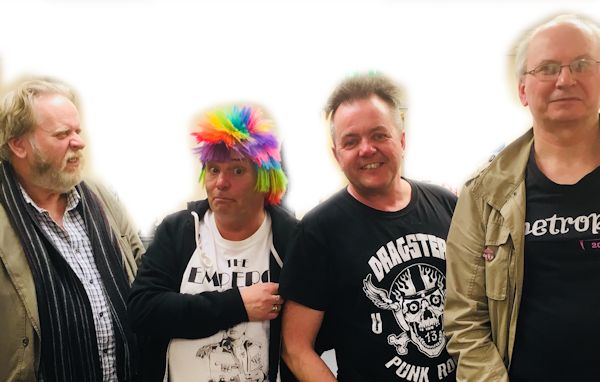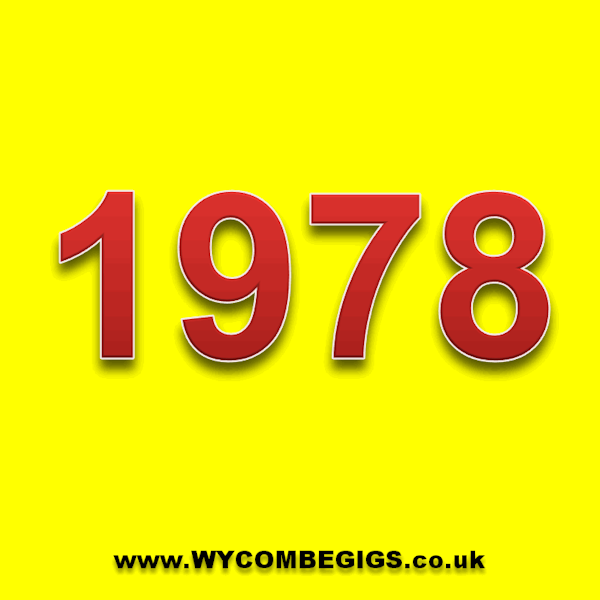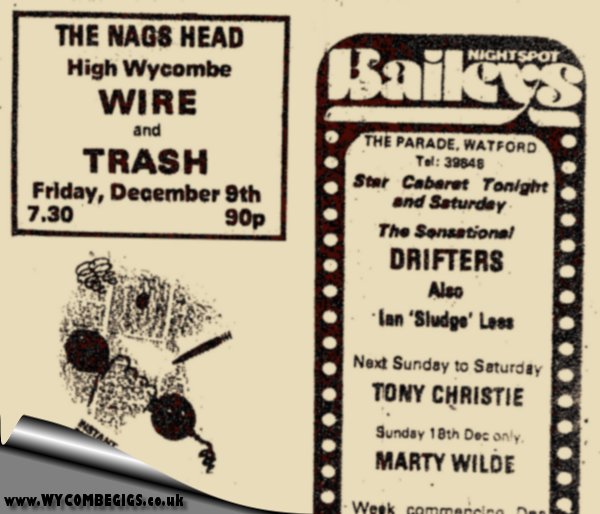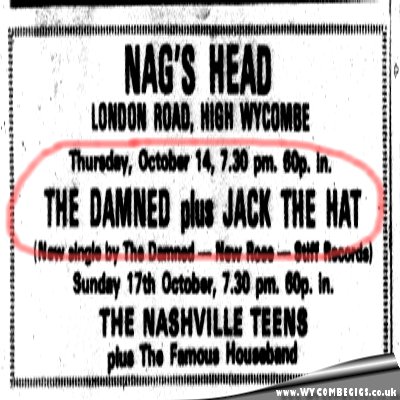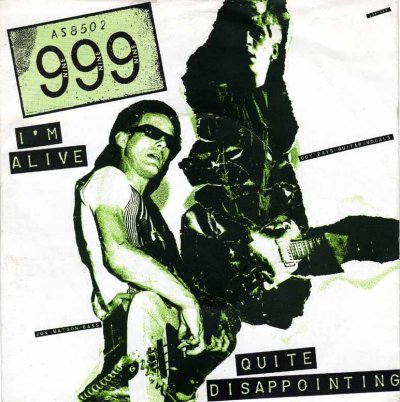My research for wycombegigs.co.uk has confirmed that Friday 5th April 1968 marks a significant date in the live music history of High Wycombe – it was the opening night of the ‘Blues Loft’ in the upstairs room at The Nag’s Head on the London Road. Organised by a then 25 year old Ron Watts, it proved to be the start of many years of live gigs at The Nag’s Head.
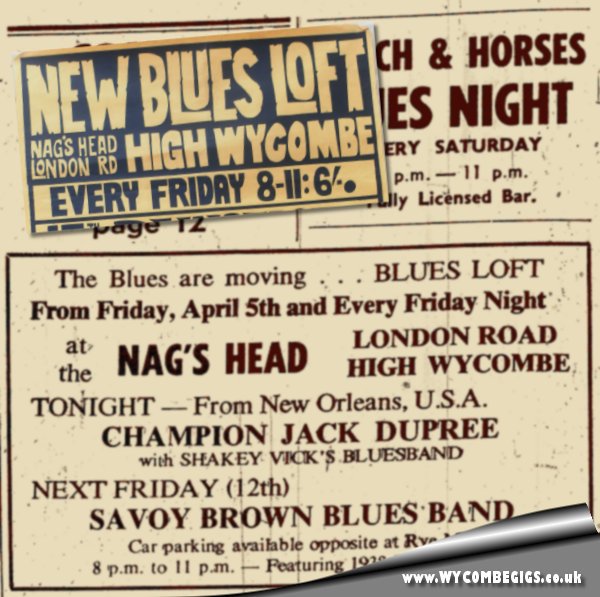
The advert above, taken from the 29th March 1968 edition of the Bucks Free Press, shows that the acts on the opening night were ‘Champion’ Jack Dupree backed by Shakey Vick’s Blues Band. The following week, Savoy Brown would continue the Blues theme that would run on an almost weekly basis for the remainder of the year.
Watts had chosen The Nag’s Head after he had arranged Blues gigs earlier in the year at Wycombe pubs, including Ye Exchange, The White Hart and The Angel. Watts explains his choice of The Nag’s Head in his 2006 autobiography – 100 Watts – A Life in Music.
“I went to have a look at the upstairs room, and it was perfect. The bar was at one end of the long, narrow room, which had windows along one side and when we started there were two open fireplaces that came in handy during the winter, when the place could be freezing cold until the customers started to arrive. There were proper dressing rooms, at first to the side of the stage and later, when we had to install a fire escape in the area they took up, we used a small room behind the stage, with direct access onstage. With a capacity of 200, the room was bigger than the ones I’d used before, but I never had any doubts that I could fill the place. And for almost 25 years, I did.”
In my efforts to track down more information on the 5th April 1968 gig, I discovered a webpage (on http://blues.gr/) that contained a picture of Jack Dupree, playing in front of a poster for the opening two nights of The Blues Loft at The Nag’s Head. The poster is now recognisable as the style that Ron Watts introduced for his Nag’s Head promotions. It is understood that Les Watts (no relation to Ron) designed the posters. Behind the band, there is also a sign (partially covered) that says Big Ron’s Blues Loft. The photograph appears to have been sent to as a memento by Jack Dupree. So much information in just one photograph!
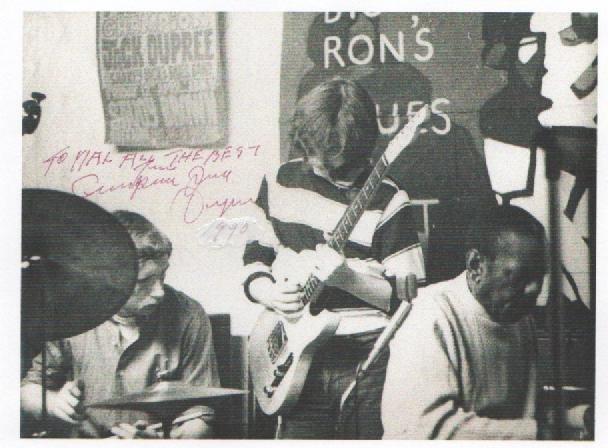
I was subsequently delighted to have made contact with the drummer in the photo – Mel Wright – who believes the picture was taken at the Nag’s Head on that opening night – 5th April 1968 and taken by Roy Holley.
Mel was drummer for Shakey Vick that night and later when on to form Dynaflow Blues, who performed at The Nag’s Head on at least five occasions before splitting up towards the end of 1968.
Recalling the night of the first gig at The Nag’s Head on 5th April 1968, Ron Watts said:
“So many people turned up that the bar staff got caught on the hop, working flat out from opening time until last orders. I realised all the other stuff I’d been involved with had been a dress rehearsal. The Nag’s was where I became a real promoter.”
Watts was well known for having his helpers during his promoting days. Nag’s Head landlord at the time, Ron Saunders, was no doubt delighted with the extra trade coming through his door? Although the Nag’s had a history dating back to the late 19th century, this appears to be first time it had been used a regular venue for live music. The previous year (1967) it had been used as a disco and during the early months of 1968, the local ‘High Wycombe 18+ Club’ had used it for their new HQ which met at the venue of Tuesday evenings. Watt’s efforts to promote gigs, saw him use local man, Nick Prigg. According to Watts, Prigg was a ‘big beared guy’ who drove a wan around with his mate Ivan, covered in posters. The van was then used to sell hot-dogs in the Town Centre when the pubs closed. This was pre-kebab days!
Mel kindly sent another photo from the same gig (again taken by Roy Holley of Pinnions Road, High Wycombe).

Please get in touch if you have any memories or memorabilia from these early Blues gigs at The Nag’s Head. I plan to publish further articles throughout 2018 to mark the 50th anniversary.
To give a feel for the kind of music you would have heard that evening:
For your viewing and listening pleasure
Calcutta Blues – Jack Dupree – Beat Club, German TV, June 1969
Savoy Brown at Fillmore East 1969 – music dubbed to colour footage
References:
http://blues.gr/profiles/blogs/brit-author-and-musician-mel-wright-talks-about-british-blues
http://www.britishbluesarchive.org.uk/

